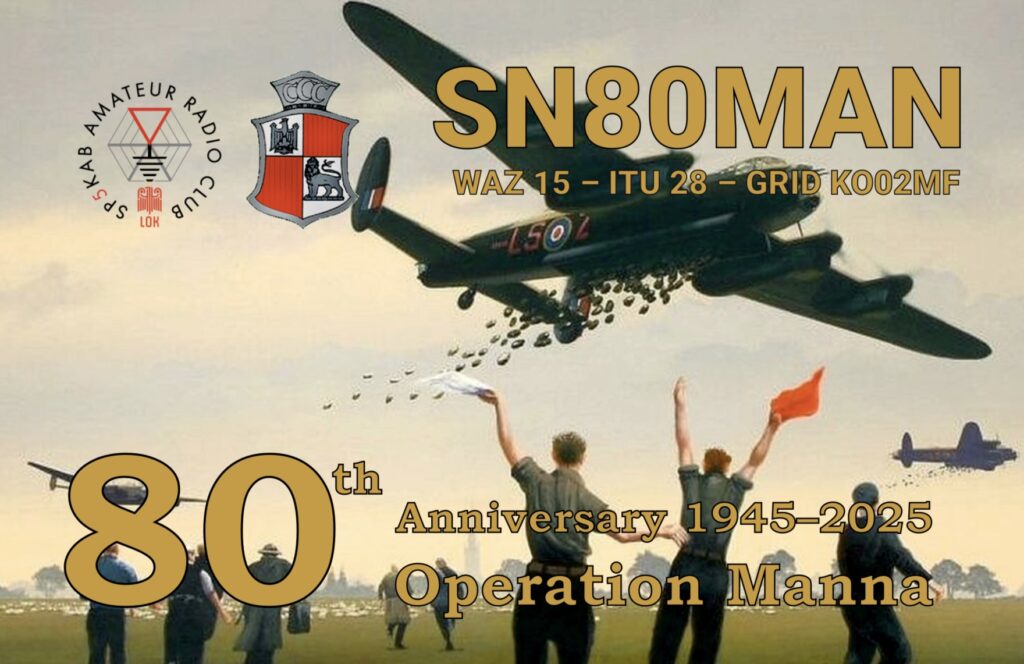
The SP5KAB Radio Club will operate in Poland with the Callsign SN80MAN to pay tribute to the many brave Polish airmen who were stationed in the UK and who took part in every aspect of RAF operation during WW2 and the crews of the 300th Masovian Squadron RAF / PAF who took part in operation Manna from RAF Faldingworth Lincolnshire in April / May 1945.
SP5KAB the Club callsign is one of the oldest ham radio call signs issued in Poland after 1945.
Since then, this call sign has been active continuously.
In last years, the number of club members have been growing rapidly – people of all ages coming to join the club. The Club engages in various activities, representing numerous fields of technology, science and culture.
Thanks to them all of the varied members the club constantly undertakes new, more and more interesting and ambitious activities.
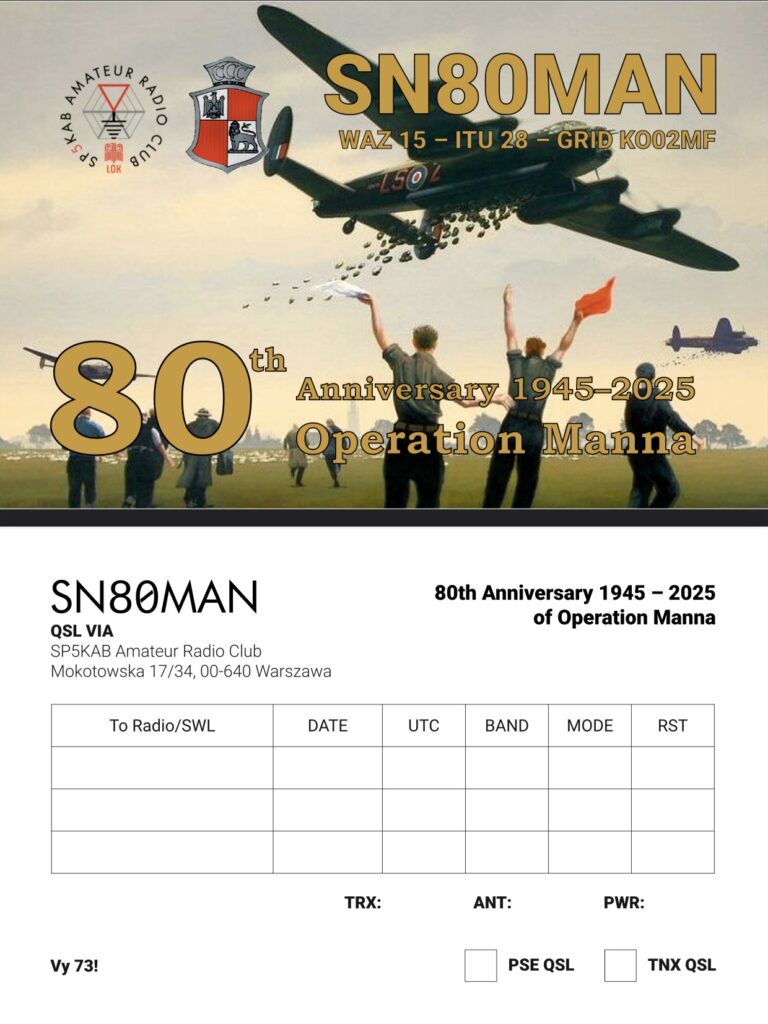
Polish Airmen in WW2
It is not commonly known that a huge number of Polish airmen participated in all areas of the RAF during WW2. By the end of the war approximately 19,400 Polish airmen were serving in the RAF, across Fighter, Bomber and Coastal Commands. 2,408 Polish airmen were killed during the war.
300th Masovian Squadron RAF / PAF serving with Bomber Command, and taking part in Operation Manna suffered the highest number of deaths of any Bomber Command Squadron in WW2. We are commemorating their part in operation Manna / Chowhound.
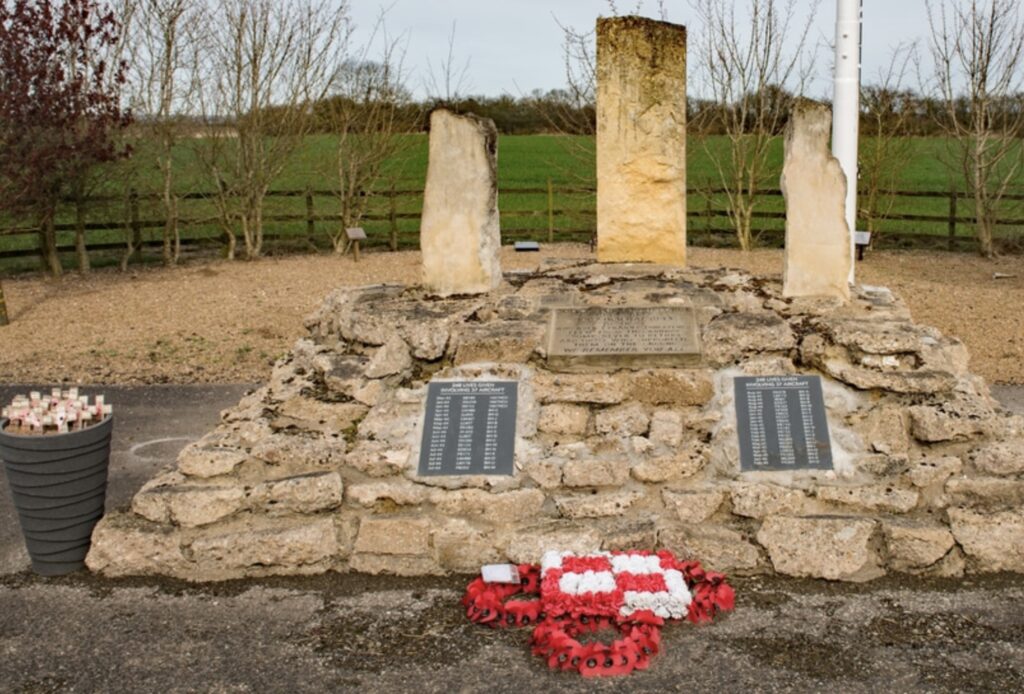
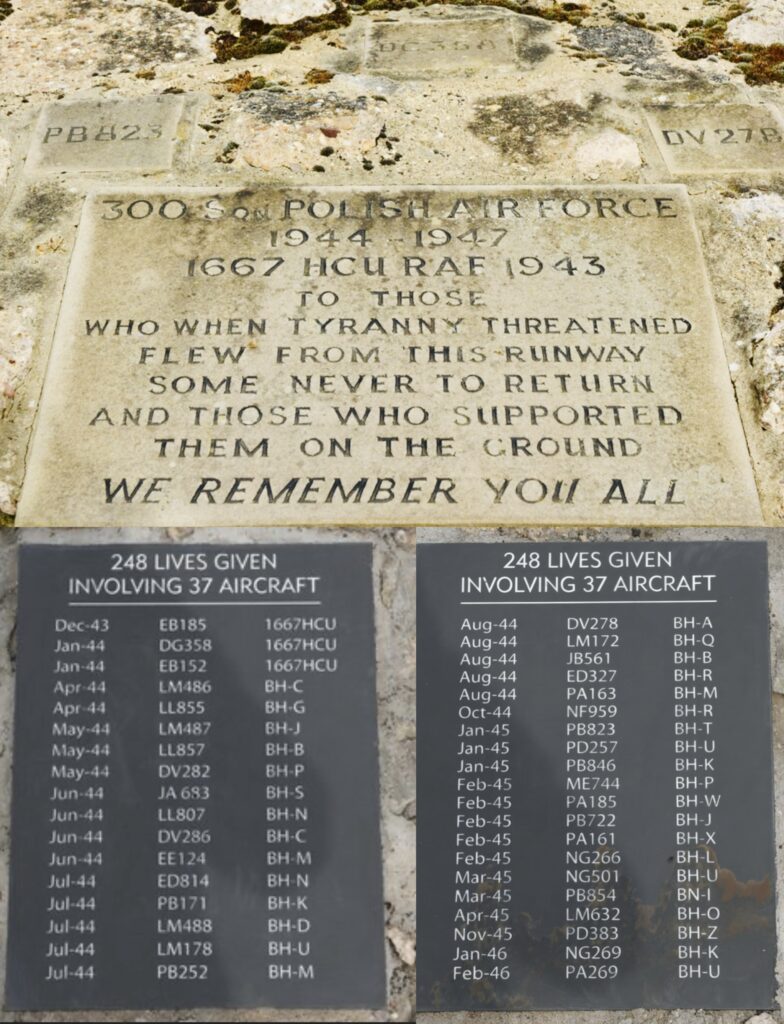
These brave men are also remembered at the International Bomber Command Centre Memorial and their names can be searched for and position on the Memorials Walls of Names found here in the Losses Database.
No. 300 Squadron took part in several of the most notable missions and air campaigns on the Western Front, starting with attacking landing craft and other naval assets assembled for the planned German invasion of England.
The squadron also attacked the German heavy cruiser Gneisenau in Brest as well as the U-boat pens in St. Nazaire.
Other missions included the offensive against Cologne, the bombing of Hamburg (Operation Gomorrah), the Battle of Berlin, D-Day, the bombing of the V-weapon sights in 1944, and supporting the crossing of the Rhine.
The last combat mission for No. 300 Squadron was flown against Hitler’s residence in Berchtesgaden in southern Germany by 14 Lancasters on April 25, 1945.
Although the squadron continued flying missions to drop in all 152 tons of supplies to the starving Dutch population as part of Operation Manna.
After V-E Day No. 300 Squadron took part in Operation Exodus, the repatriation of British prisoners of war, as well as Operation Dodge, the transportation of British troops to Great Britain and finally in missions to fly Red Cross supplies to liberated Poles in German concentration camps.
The squadron logged 3,684 operational sorties and dropped nearly 10,000 tons of bombs as well as 1,400 mines over the course of two and a half years. It attacked 133 cities and other targets, and 107 decorations were awarded: one OBE, one BEM. one DSO, 63 DFCs, one DCM, one GCM, one MM and 37 DFMs.
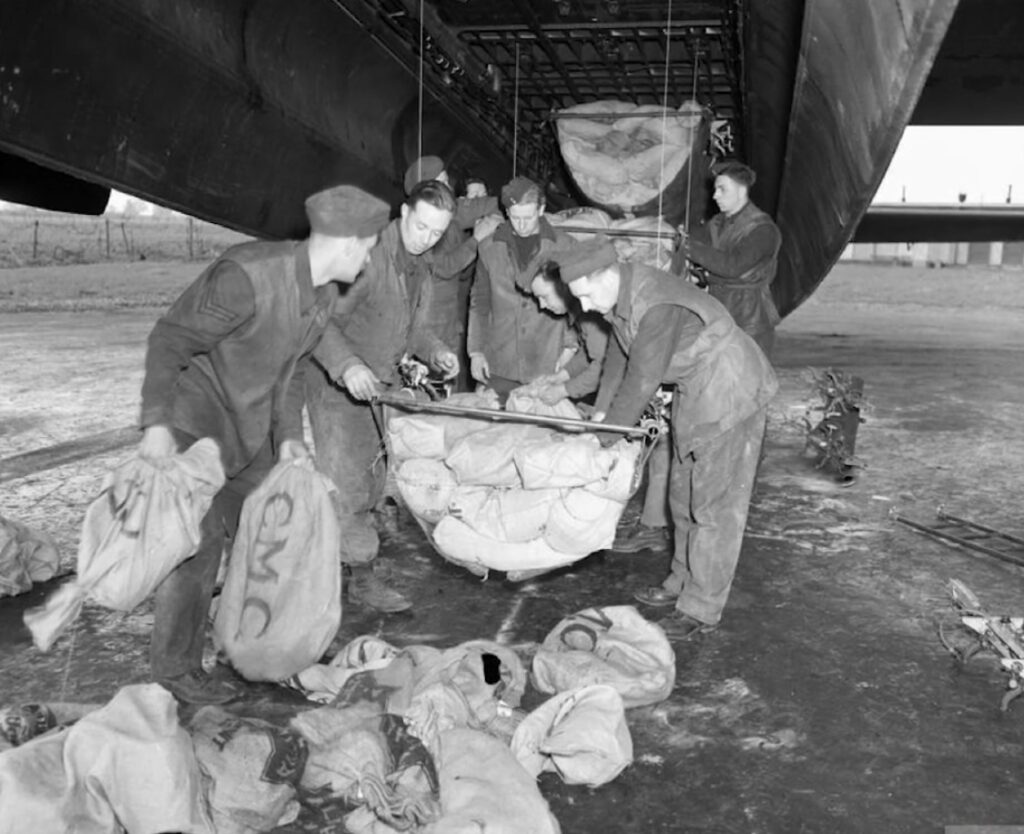
Lancasters of 300 Squadron delivered 152 tons of food into the Netherlands from RAF Faldingworth during operation Manna. The food packed into double hessian sacks and loaded into the bomb bays of the Squadrons Lancasters. The crews had to fly an exact route and drop their precious cargo from a low level to avoid damage. They were not allowed to circle around and attempt the drop again a real feat of airmanship and team work.
